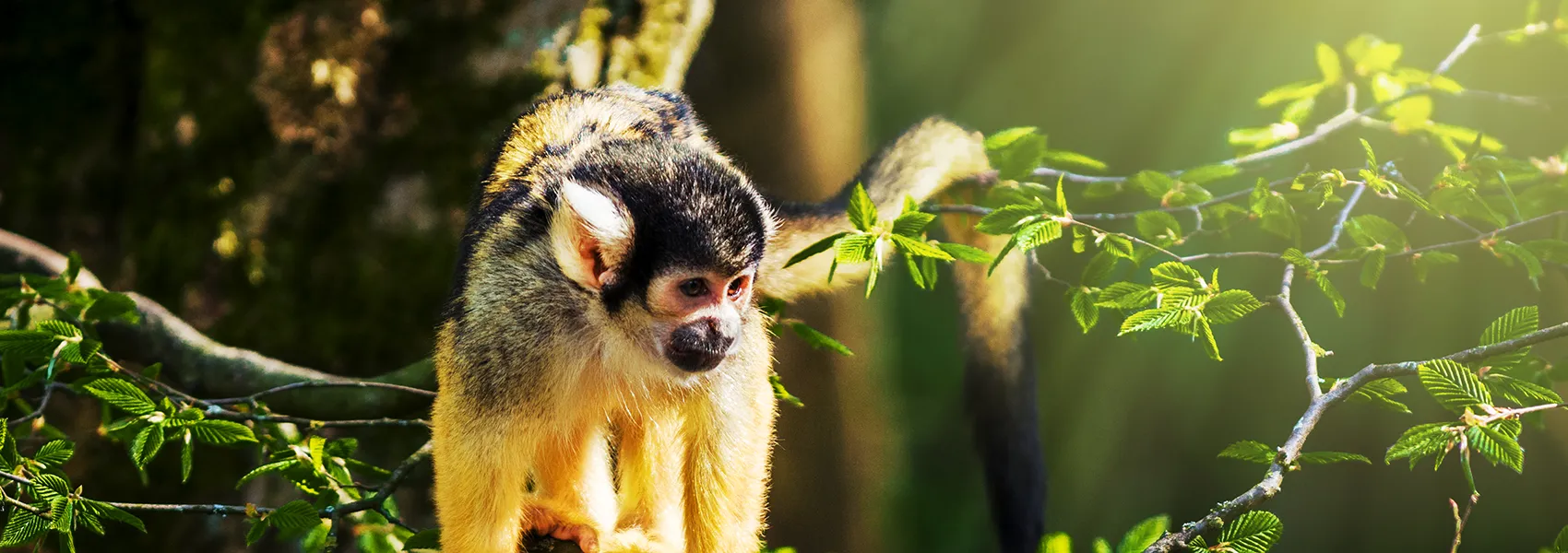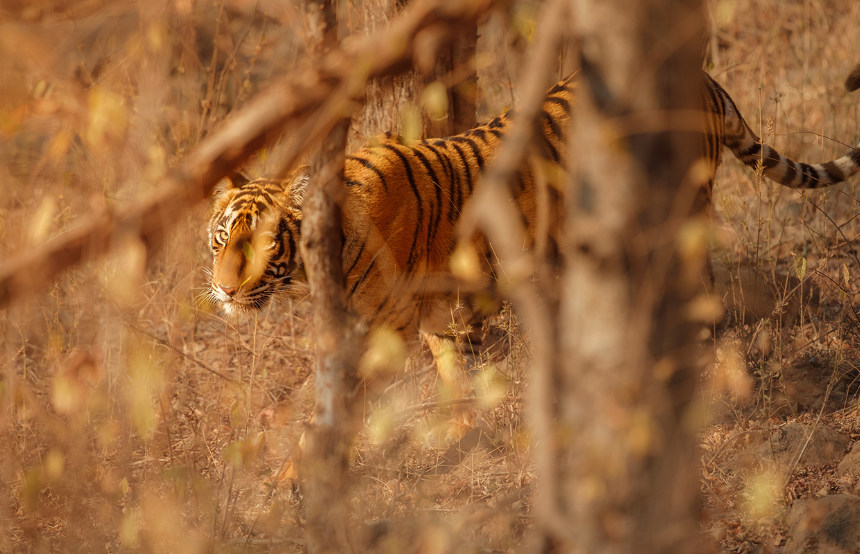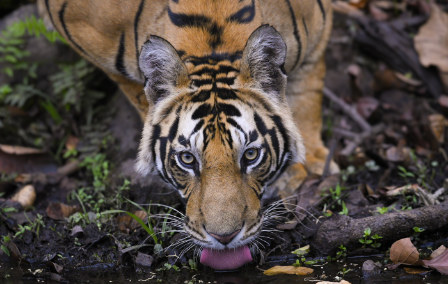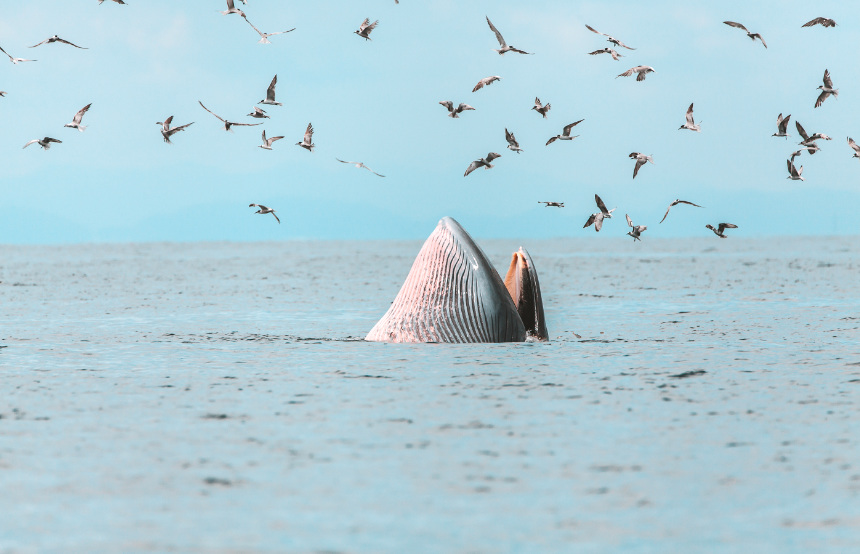
Published 6th Jul. 2021
Reading time
Beyond the towns, cities and roads there are still some pockets of paradise left in this world, places that have been left largely untouched, allowing evolution to forge ahead undisturbed. Such places are known for their huge diversity of amphibians, birds, fish, mammals, reptiles and plants. Are you dying to discover your inner Darwin and seek out these destinations for yourself? Read on for a roundup of the most biodiverse places in the world...
1
Containing a third of all known plant and animal species in the world, the Amazon deserves the top spot when it comes to the most biodiverse places in the world. This sprawling stretch of wilderness spans the width of South America, dominating countries including Brazil, Colombia and Peru. This garden of Eden is home to an estimated 55,000 species of plants, as well as having the highest counts of both vertebrates and invertebrates on the planet. The best way to see it for yourself is by cruising into the heart of the jungle by boat, before continuing on by foot and canoe, spotting howler monkeys in the canopy and piranhas, giant manatees and pink river dolphins in the water.
2
Another destination that deserves a spot on the list of the most biodiverse places in the world is Ecuador and the Galapagos Islands. With over 576 species of flora and fauna, that are completely exclusive to the country, it’s easy to see why Charles Darwin dedicated years of his study to this captivating corner of the world. On land, there is a huge array of ecosystems including clouds forests, mangrove forests and tropical rainforests that are all home to an incredible diversity of species, particularly birds. If you venture out to sea, hop on an expedition vessel to sail around the Galapagos Islands, described by Darwin as ‘a little world within itself’ and see everything from tortoises and sea lions to endemic species such as Galapagos penguins.
2
Spanning across six countries, the Coral Triangle is the epicentre for marine biodiversity. Within this ‘nursery of the seas’, live 76% of the world’s coral species, six of the world’s seven marine turtle species, and over 6,000 species of fish. Take to the water for a diving or snorkelling adventure and discover an awe-inspiring array of wildlife as you gaze down on this colourful underwater world. Continue the wildlife watching in neighbouring Indonesia, an archipelago of more than 10,000 islands, which is home to the most mammal species of any country.
3
Alaska is a go-to destination for adventurous travellers, with its rugged landscapes and epic wilderness activities. The country is also home to the largest expanse of temperate rainforest on the planet, making it a worthy contender in a roundup of the most biodiverse places in the world. Here, you’ll find everything from brown bears and moose to river otters and beavers, as well as a huge variety of unique plant life. The remoteness of the region is the key to the pristine condition of the ecosystems and with the help of an expert tracker and guide, you can discover it for yourself.
4
Costa Rica's natural landscapes are wonderfully varied, which has led to an incredible level of biodiversity. There’s the wetlands of Tortuguero and the Caribbean Coast, the volcanoes and cloud forests of the interior, and the tropical rainforest reserves and surf beaches of the Nicoya and Osa Peninsulas. If you are looking for one of the most biodiverse area in the country, head to Monteverde Cloud Forest Reserve which is home to over 100 mammal species, 400 bird species, tens of thousands of different insects and 2,500 different plants (including a whopping 400 different kinds of orchid).
5
Covering 1.5 million hectors in southeastern Peru, Manu National Park is huge. This sprawling Biosphere Reserve, which is protected by the Peruvian government, is renowned for its incredible biodiversity. The park is home to hundreds of bird species and a number of rare and threatened wildlife species, from top predators like jaguars and pumas, to creatures new to science that are only just being discovered. The best way to experience the park is to stay at the Manu Learning Centre, where you can enjoy everything from privately guided day and night walks to research trips and rafting adventures.
Practical advice and inspiration for your next trip

Searching for the best safaris in India? We’ve got you covered. Whether you’re keen to track tigers in Madhya Pradesh, admire Asiatic lions in Gujarat or photograph forest eagle owls in Kerala, your India holiday awaits. While Bengal tigers steal the limelight in Bandhavgarh National Park, don’t forget about the shaggy sloth bears (though they’re not as cuddly as they look). Feeling up for the adventure?
15th September 2025 - India Safari & Wildlife

With their sleek, tangerine-tinged coats, piercing eyes and commanding presence, nothing beats the thrill of seeing a tiger in the wild. And where better than in India, home to the largest population on Earth? But when it comes to the best time to see tigers in India, it all depends on what you want from your trip. Whether you’d rather vivid green landscapes or crowd-free safaris, we’ve got the insider intel on when to see India’s famous big cats.
23rd June 2025 - India Safari & Wildlife

Where are the best places for whale watching? We’re glad you asked. From the picturesque Icelandic town of Husavik to the coastal haven of Mirissa in Sri Lanka, there are plenty of destinations to marvel at these majestic creatures. Picture this: the air is still and all you can hear is the creaking of the catamaran and the odd, excited whisper. You scan the horizon, desperate to spot the tip of a fluke or a distant plume of whale breath.
16th June 2025 - Safari & Wildlife

Our team of destination experts will get to know you and your unique requirements for your holiday

We work with you to build an ultra-personalised holiday itinerary with your choice of accommodation, experiences and activities

All of our holidays include little extras designed to make a big difference to your trip, from fast-tracking you through airport check-in and security to our network of local Concierges